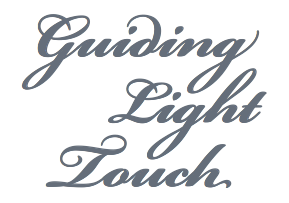Cupping
The specific origin of Cupping Therapy remains in obscurity - the consensus is that the action of suction has been part of therapeutic efforts throughout human history, migrating with human tribes along migratory routes. These ancient cultures used hollowed out animal horns, bones, bamboo, nuts, seashells and gourds to purge bites, infections and skin lesions from the body.
Cupping Therapy was used in Egypt at least 3,500 years ago, where its use is represented in hieroglyphic writing. The earliest recorded use of Cupping is from the famous Taoist alchemist and herbalist, Ge Hong (281–341 A.D.). In ancient Greece, Hippocrates recommended the use of cups for a variety of ailments, and in the early 1900’s an eminent British physician, Sir Arthur Keith, wrote how he witnessed Cupping performed with excellent success.
In China, extensive research has been carried out on Cupping, and the practice is a mainstay of government-sponsored hospitals of Traditional Chinese medicine (TCM). The fundamental therapeutic value of Cupping has been documented through several thousand years of clinical and subjective experience and has advanced its application to many areas.
By creating suction and negative pressure, Cupping therapy is used to soften tight muscles and tendons, loosen adhesions and lift connective tissue, bring hydration and blood flow to body tissues, and drain excess fluids and toxins by opening lymphatic pathways.
Cupping Therapy is versatile and can easily be modified to accomplish a range of results, from detoxification to deep tissue release. The suction created by Cupping pulls stagnant fluids to the surface, removes toxic pathogens and promotes fresh oxygenated, nutrient rich blood & lymph to reach the body’s systems. It wakes the body up and makes it feel invigorated.
Cupping Therapy produces a profound level of healing through nervous system sedation.
It stimulates the skin by increasing circulation while separating fused tissue layers and draining lymph to promote a smooth appearance and healthy glow.
It works deeper by loosening adhesions, facilitating the muscles to operate more independently and by stimulating healthy elimination of accumulated debris in the tissues, organs and systems.
A common and unfortunate misconception concerning cupping is the misinterpretation of the marks that often appear during and after a cupping treatment. These are not satisfactorily explained as bruises. Rather they are discolorations or marks which only occur when the therapeutic cupping process has successfully drawn out toxins and pathogens to the skin surface.
When we have a bruise (due to trauma), experience tells us that it is tender to touch. After proper cupping there is no such accompanying tenderness.
By definition, a bruise is the result of trauma caused by the impact of a flat surfaced object. This is certainly not the case with a hollow cupping vessel
The color and intensity of these marks depends greatly on the person’s diet, how long they have had the injury and how many toxins have built up in the tissue.
Conditions Responding to Cupping Therapy
Colds & Influenza
Headaches
Arthritis
Intercostal Neuralgia
Intestinal disorders
Sciatica
Rheumatism
High blood pressure, stroke and arteriosclerosis
Bronchial asthma & congestion
Kidney disorders (including frequent/urgent urination)
Colds and respiratory infections
Gastrointestinal symptoms such as stomachache, vomiting and diarrhea
Liver disorders
Gallbladder disorders
Dermatological disorders
Depression
Fibromyalgia & Chronic Fatigue Syndrome
Anxiety & insomnia
Post-injury trauma
Post-surgery adhesions
Cellulite
Musculo-skeletal problems: pain, spasms, cramps, tightness, numbness.
Chronic gastric pain
Vertigo


